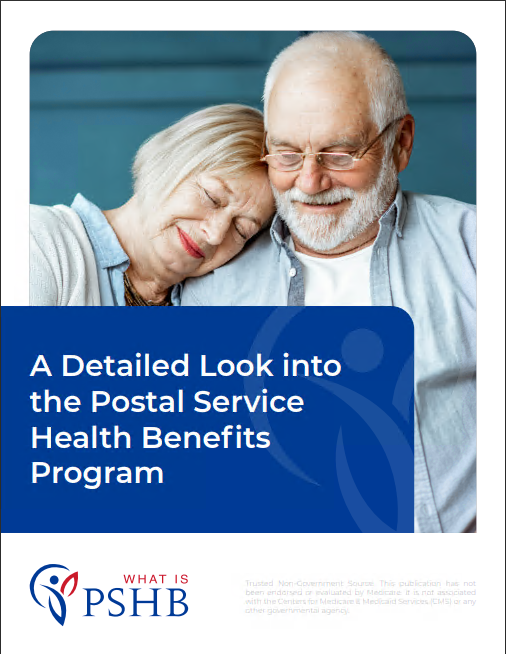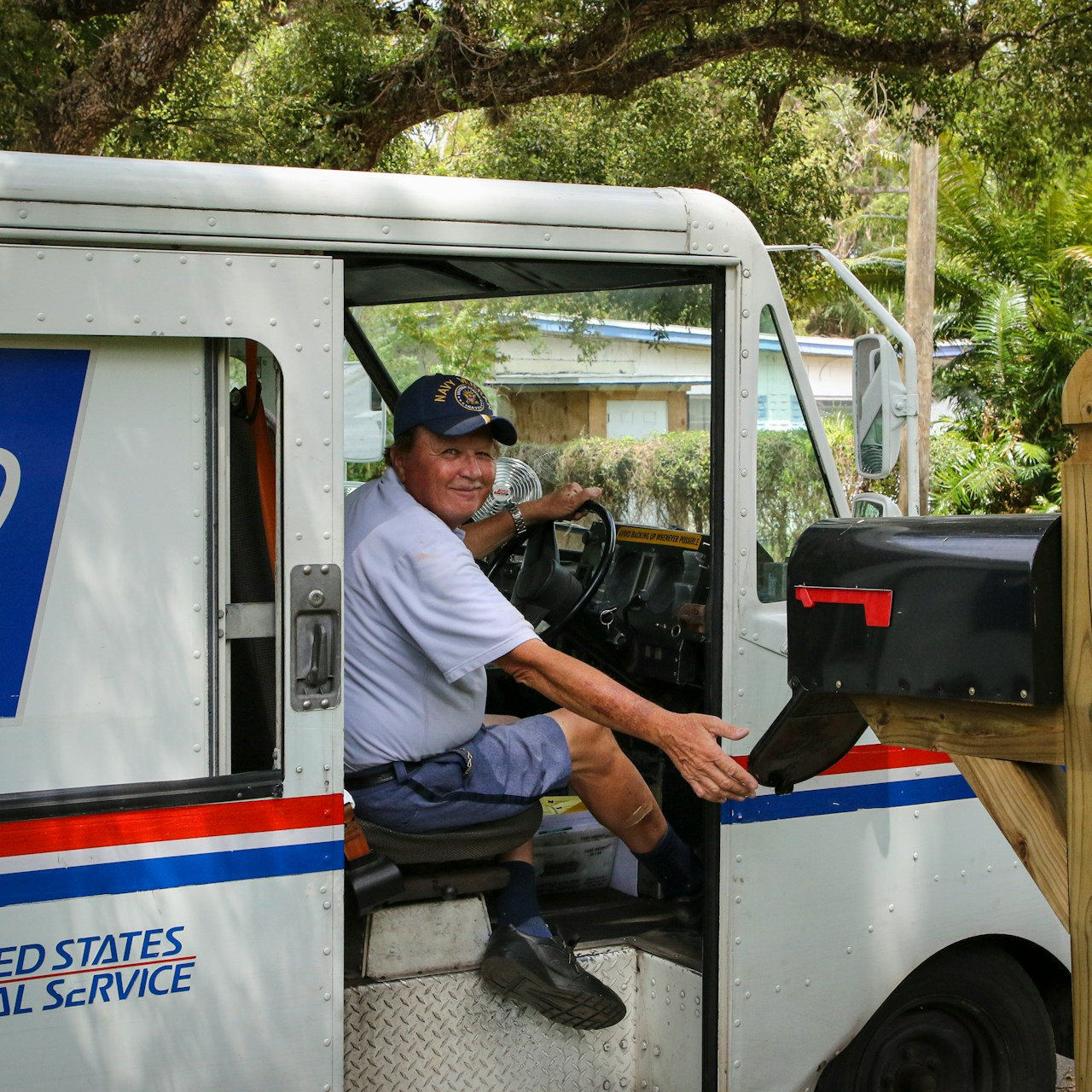Key Takeaways:
- The Postal Service Health Benefits (PSHB) program ensures comprehensive coverage for Postal Service employees, retirees, and their families, providing various plan options to meet individual needs starting in 2025.
- Navigating enrollment, plan selection, and Medicare integration are crucial steps for both current employees and retirees to maintain adequate coverage under PSHB.
Covering the Family with PSHB: What Postal Employees Should Know About Keeping Everyone Insured
In 2025, the health insurance landscape for Postal Service employees will experience a significant shift with the introduction of the Postal Service Health Benefits (PSHB) program. This new system, developed under the Postal Service Reform Act of 2022, creates a dedicated health benefits program tailored specifically for postal workers, retirees, and their families. While the program maintains a relationship with the Federal Employees Health Benefits (FEHB) program, it’s important to understand the differences, plan options, and enrollment processes to keep everyone in the family insured.
What is the Postal Service Health Benefits Program?
The PSHB is a new health benefits program designed exclusively for Postal Service employees, their eligible family members, and retirees. Unlike the FEHB program, which serves federal employees across a wide spectrum of agencies, the PSHB is tailored specifically to the postal workforce. This change allows for a more focused approach in providing health care options that cater to the unique needs of this employee group.
Beginning in January 2025, all Postal Service employees and retirees who currently receive coverage through FEHB must transition to the PSHB program. Enrollment in an FEHB plan will no longer be available to postal workers after this date. However, those who are covered under a family member’s FEHB plan will have the option to continue their coverage through that plan if it doesn’t directly involve the Postal Service.
Why the Change?
The shift to PSHB aims to streamline health care coverage for postal workers while helping the U.S. Postal Service (USPS) reduce its long-term financial liabilities. By establishing a separate health benefits program, USPS can better manage the health care needs of its workforce while allowing for more efficient oversight and administration. For employees and retirees, the PSHB offers more tailored plan options, better integration with Medicare, and dedicated resources to ensure everyone gets the coverage they need.
Who is Eligible for PSHB?
Eligibility for PSHB includes:
- Active Postal Service Employees: All current postal workers will be automatically enrolled in a PSHB plan based on their current FEHB coverage.
- Postal Service Retirees: Retirees who were previously covered under FEHB will also transition to PSHB, ensuring that they maintain health insurance in retirement.
- Eligible Family Members: Dependents and family members covered under an employee or retiree’s FEHB plan will continue to be covered under the PSHB program, provided they meet the eligibility criteria.
It’s essential for employees and retirees to review their dependents’ eligibility to ensure that all family members remain covered under the new system.
Transitioning from FEHB to PSHB
The transition from FEHB to PSHB is designed to be as smooth as possible. Postal employees and retirees will receive a letter before the 2024 open enrollment season, which runs from November 11 to December 9, outlining their automatic enrollment in a PSHB plan. If an individual is satisfied with their assigned plan, no further action is needed. However, if they wish to change their plan, they can do so during the open enrollment period.
Employees and retirees should take advantage of the open season to thoroughly compare plans, ensuring they select one that best suits their needs and those of their family members. With the PSHB program, many of the same carriers that currently offer FEHB plans will provide coverage, so individuals can expect similar benefits. However, it’s important to understand the subtle differences between PSHB and FEHB plans and choose accordingly.
Plan Options Under PSHB
Like the FEHB program, PSHB will offer a variety of plan types, including fee-for-service plans and health maintenance organizations (HMOs). These options allow employees and retirees to choose plans based on their specific health care needs and preferences.
-
Fee-for-Service Plans: These plans offer flexibility in choosing health care providers and typically provide nationwide coverage. They are ideal for postal workers who require flexibility in their health care choices or live in areas with limited HMO coverage.
-
Health Maintenance Organizations (HMOs): HMOs generally have more restricted networks but often come with lower premiums. These plans may be a good option for individuals who live in areas with ample HMO coverage and prefer to keep health care costs predictable.
How PSHB Works with Medicare
For retirees and those nearing retirement, understanding how PSHB integrates with Medicare is critical. Retirees who are eligible for Medicare will need to coordinate their PSHB coverage with their Medicare benefits. This integration ensures that retirees receive comprehensive coverage while minimizing out-of-pocket costs.
Under PSHB, retirees can enroll in Medicare Part A and Part B to complement their PSHB plan. Medicare will act as the primary payer for covered services, while the PSHB plan provides secondary coverage. This coordination helps reduce out-of-pocket expenses for medical services, ensuring that retirees get the most out of their health benefits.
Key Deadlines and Enrollment Periods
The 2024 open enrollment period will be crucial for employees and retirees to make decisions regarding their PSHB plan. Between November 11 and December 9, postal workers will have the opportunity to review their plan options, compare benefits, and select the plan that best meets their needs.
If no action is taken during this period, employees and retirees will be automatically enrolled in a default plan based on their current FEHB coverage. However, taking the time to review plan details and make an informed choice is highly recommended to avoid potential coverage gaps or unexpected out-of-pocket costs.
Maintaining Coverage for Family Members
Ensuring that family members remain covered under PSHB is a top priority for postal workers and retirees. Under the new system, dependents who were eligible for coverage under FEHB will continue to be eligible under PSHB, as long as they meet the program’s criteria. This includes children, spouses, and other qualifying dependents.
It’s important to keep in mind that certain life events, such as marriage, divorce, or the birth of a child, may require employees to update their coverage. Ensuring that these updates are made during the appropriate enrollment period will prevent any lapses in coverage.
Additional Resources and Support
To assist with the transition, USPS has made a variety of resources available to its employees and retirees. These include educational seminars, webinars, and online tools to help individuals better understand the PSHB program and make informed decisions regarding their health care coverage.
Employees and retirees are encouraged to attend these informational sessions and review materials provided by USPS to stay up to date on the latest developments regarding PSHB. Additionally, contacting a licensed insurance agent for personalized guidance on selecting the right plan may be beneficial.
Planning for the Future
The introduction of the PSHB program marks a significant change for Postal Service employees and retirees. By offering tailored coverage options and streamlining the enrollment process, the program aims to meet the unique health care needs of the postal workforce while providing the security and peace of mind that comes with comprehensive insurance coverage.
For postal workers and retirees, planning for the future means staying informed about the changes ahead, understanding the enrollment process, and ensuring that all family members remain covered under the new system. With proper preparation, postal employees can navigate the transition to PSHB and maintain health care coverage that works for their needs.
What’s Next for Postal Service Health Insurance?
With the PSHB program set to launch in 2025, postal workers and retirees are entering a new era of health care coverage. While the transition may seem daunting, staying informed and proactive will ensure a smooth process and continued coverage for everyone in the family.







